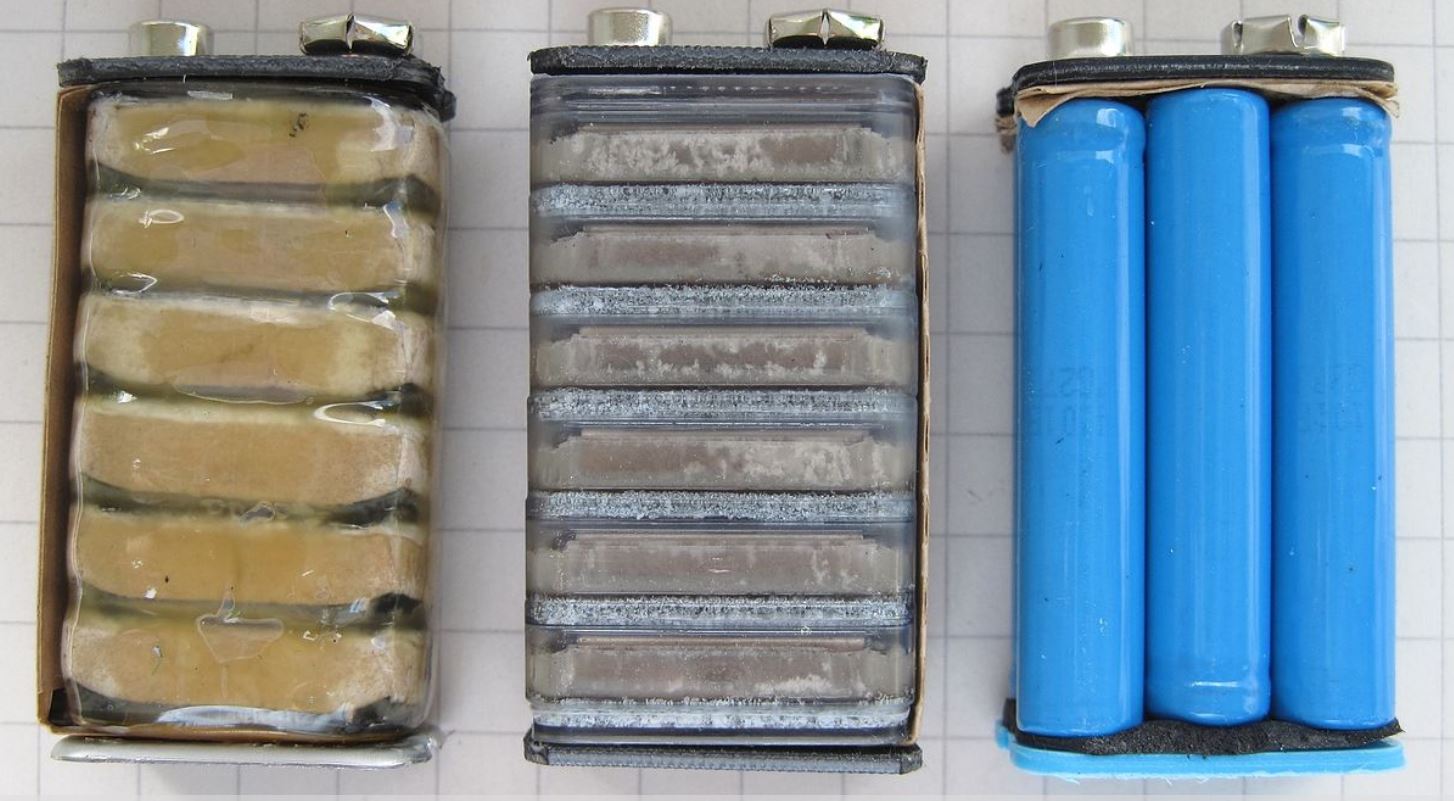Why Did This Boxy, Odd-Looking Object Matter So Much Back Then?

source: Reddit
It’s also likely that if you grew up poking around with radios or playing with electronic toys, you have handled a PP3 9V battery. This could also be true if you stopped the beeping noise once too often on the smoke alarm at home. This clunky, rectangular cell was more than a junk drawer staple — it was a straight-up workhorse for its day. Despite, and perhaps also because of, technology’s subsequent leaps, the sound of a PP3 being clipped into position never fails to evoke a snug form of nostalgia.
What Is a PP3 9V Battery?
PP3 9V The PP3 is a 9-volt battery and roughly a square just a bit thicker than it is tall. The center has snap connectors that are also part of the case. It was introduced in the 1950s, initially intended for early transistor radios, which needed compact, exigent running power. Unlike AA or AAA batteries, where you need to combine several cells for higher voltage, the PP3 was a single punch of power.
There are six 1.5-volt cells hard-wired in series in the battery pack. In other words, one small block could deliver a complete 9 volts. This was admirable for a wide variety of low-drain electronics of the day.
An Old Acquaintance About the House
When things were good and we got our craft on, the PP3 9V battery was everywhere. From radio-controlled toys to multimeters and guitar pedals, it drove a generation of curiosity and creativity. It gained traction as the go-to for smoke detectors, most memorably. Parents would constantly instruct their kids to change or test the 9-volt in the hallway alarm. They would schedule this once a year.
And let’s face it — who didn’t at least once check the charge by putting both terminals on their tongue? (Not advised — but the rite of passage for some.)

The Design That Stood Out
So no longer was a battery cylindrical. Now they were square and stood up tall like the number 9 in a deck of cards. The pair of snap connectors — one male, one female — all but guaranteed you’d put them in the right way. Such a straightforward, low-fail design probably helped make DPDT popular for mission-critical safety equipment. It was a battery you could count on.
That metallic snap and firm click of a connector to this day is somehow satisfying.
Still Around, But Less Common
Retailing in packs of one and eight, and painfully square despite its thickness, it looked like a shrunken brick. Rather than moving with the times with svelte lithium-ion packs and USB recharging, the PP3 9V battery is still hanging around. It is still found in some applications — smoke alarms, wireless microphones, some medical devices and certain vintage electronics.
They are still found in many a musician’s gear bag, thanks to the PP3 for pedals’ analog reliability.
A Symbol of Simpler Times
But the 9-volt is more than a practical object: It’s a reminder of simpler times. It was a time when electronics were designed with user-replaceable batteries. You actually could fix things with a screwdriver and a soldering iron. We think about Christmas mornings with battery-hungry toys, weekend science projects and old-school gadgets. These gadgets came without an app.
Final Snap
The PP3 9V battery might not be the golden boy of today’s tech world but it certainly was one back in the day. Its contribution lives on in the form of anyone who recalls the satisfying crackle of plugging it in. This includes the smoke detectors and the unflagging power it was wont to bestow.